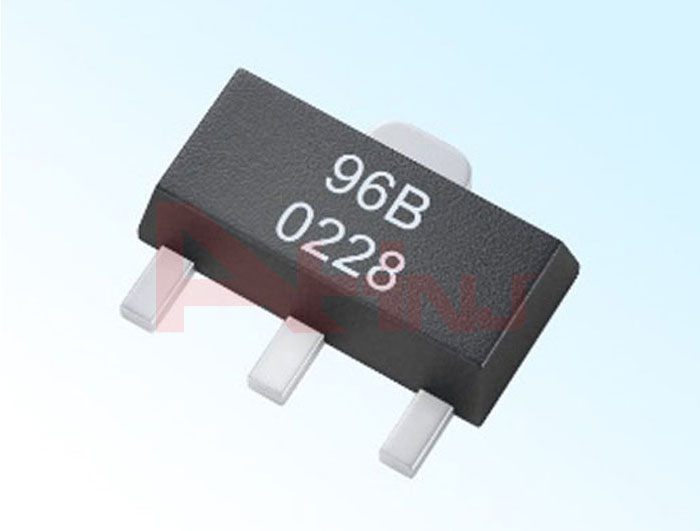A Linear Sensor is a linear device belonging to metal sensing. The function of the sensor is to convert various measured physical quantities into electrical quantities. In the production process, the measurement of displacement is generally divided into two types: physical size measurement and mechanical displacement. According to the form of the measured variable transformation, the displacement sensor can be divided into analog and digital. The analog type can be divided into two types: physical type and structural type. Commonly used displacement sensors are mostly analog type structures, including potentiometer displacement sensors, inductive displacement sensors, self-aligning machines, capacitive displacement sensors, eddy current displacement sensors, and Linear Hall Sensor. An important advantage of digital displacement sensors is the ease with which signals can be sent directly to a computer system. Such sensors are rapidly evolving and are becoming more widely used.

The displacement is the amount related to the movement of the position of the object during the movement, and the range of measurement of the displacement is quite extensive. Small displacements are usually detected by strain gauge, inductive, differential transformer, eddy current, and Hall Sensor. Large displacements are commonly measured by sensing technologies such as inductosyn, grating, capacitive grid, and magnetic grid. Among them, the grating sensor has the advantages of easy digitization, high precision (currently the highest resolution can reach nanometer level), strong anti-interference ability, no human error, easy installation, reliable use, etc., in machine tool processing, instrumentation and other industries. Get an increasingly wide range of applications.
Copyright:@2020-2021
Comments Please sign in or sign up to post.
0
0 of 500 characters used